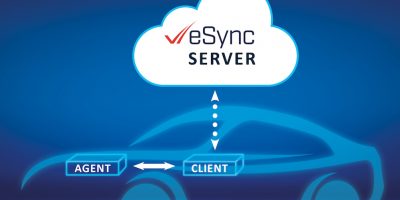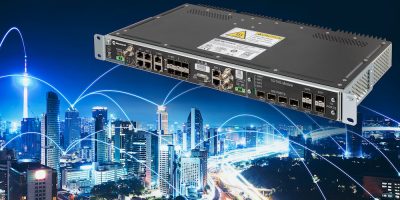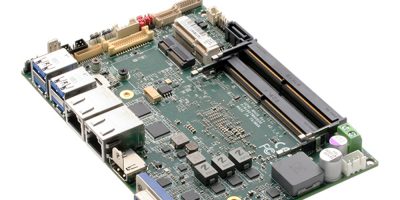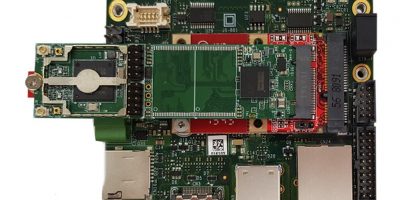To accelerate time to market for connected systems in automotive and industrial applications, Excelfore has introduced the software development kit (SDK) for the eSync standard data pipeline. It allows developers to connect embedded systems to their preferred cloud platform to launch over the air (OTA) and data aggregation programmes, said the company.
Aimed primarily at automotive manufacturers and suppliers of electronic control units (ECUs) and smart sensors, the Excelfore eSync SDK shortens development cycles by enabling a working model of how software is delivered OTA. It provides custom policies, delta compression and end-to-end security for software delivery and updates.
The SDK comes with two compact Raspberry Pi computing devices and all necessary power supplies and cables. One Raspberry Pi serves as the gateway, providing a Wi-Fi wireless connection and hosting the pre-installed eSync Client software. The second serves as the external edge device to be updated. eSync Agents are pre-installed on both devices, enabling new software to be installed on either or both.
eSync is a multi-company specification promoted by the eSync Alliance, which defines a software platform with interoperable server and embedded software to build a secure bi-directional data pipeline between the cloud and electronic end devices in vehicles. eSync can deliver and update software and firmware OTA, while collecting real-time operational data from in-car devices including ECUs, domain master ECUs, network gateways, and smart sensors.
The eSync data pipeline and its global network of co-operating suppliers, helps vehicle manufacturers avoid costly and inconvenient vehicle recalls, and enables vehicle software and features to be updated in the field, said Excelfore.
The SDK simplifies and accelerates the development, prototyping and testing of eSync-compliant devices and facilitates incorporation of legacy devices into eSync OTA-enabled networks. It also supports evaluation of eSync in-network and cloud software by IT professionals at OEMs and suppliers.
Excelfore will also provide two optional expansion kits in addition to the SDK. The first is a CAN-bus expansion kit, provides cables, connectors, instructions, and an eSync Agent template. Users can use this expansion to integrate AutoSAR ECUs and other CAN-bus devices into the eSync SDK. The second expansion kit is a vehicle status emulator. This provides a load-board with a CAN-bus interface. Users can change the state of variables of vehicle status that affect OTA policies, such as whether a vehicle’s ignition is on, or whether the vehicle owner has given consent for an update to proceed.
The Excelfore eSync SDK is available for delivery to corporate customers.







